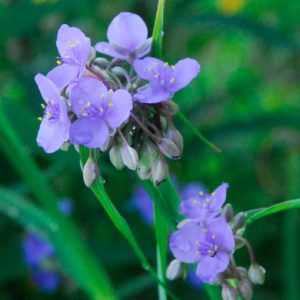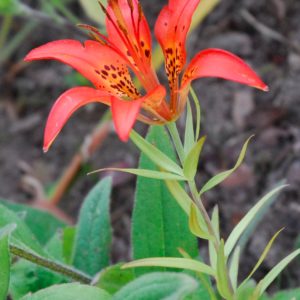Farm Model
Bioconcentirc Farms differs from common incubator models in that it does not charge a fee: see the very useful manual provided by New Entry Sustainable Farming Project. Interns and Resident Farmers alike are provided a housing, and Farmers – who already have some level of skill – then share in a percentage of the crop income or outcome created during the residency. Interns are paid a stipend.
While the pay is limited and housing provided is modest, it offers low barrier access to land, farm machinery and other assets of the farm. Those who continue their engagement with the farm will gain the experience needed to be eligible for the Beginning Farmer program of the Farm Service Agency that funds land purchase.
The farm is also an incubator in the sense that it is a rapidly experimental entity. Non-farming Researchers and Designers are also sought to plan and assess the development of the farm from the perspectives of the Natural Sciences, Landscape Architecture, New Ruralism, and Economic Modeling.
Since these activities do not directly generate income, the farm will provide support and assist students in gaining academic credits towards their degrees, working with faculty as needed. Extended stays on the farm to gather data and first hand knowledge will be accommodated.
Resident Farmers will choose an aspect of the farm’s creation that is of particular interest from a list of annual and ongoing projects. Interns will assist in those and other endeavors to obtain diverse experience inclusive of trainings by the farm and Resident Farmers.
Terms vary from one (seasonal), to the more typical incubator term of three years. Seasonal housing will be provided on site, with an allowance to travel during the winter for longer-term particiapants. Some Interns and Resident Farmers may stay on to build businesses such as Perennation, a nursery startup specific to the edible yard movement.
Agroecology is a developing model of agriculture that adapts ecological principals to the growing of food crops. For example, sheep and other grazers will be mob grazed to mimic the function that wild animals have on the land, improving soils in various ways.
The planning of crop rotations will include lessons from early succession whereby bare soils are colonized by vegetation, incorporating native species within intercropping; multiple crops grown simultaneously in one field.
A particular focus will be given to developing seed mixes to create synthesized ecosystems intended for foraging. Various model of agriculture in addition to Intercropping that are being modeled included Silviculture, Alley Cropping, and Permaculture.
Nursery Integration
The growing of native plants for seed and tuber production will be incorporated with food crops when using tilled intercropping but also in the creation of perennial beds and orchards. These native species will assist in building soil health, supporting pollinators, and in the displacement of troublesome weeds.
The 30-years experience by the owner in Restoration Ecology will guide this experimental development. The results of these activities will be closely documented and researched through the assistance of Research Assistants. People interested in assisting in this research are invited to apply.
The native plant nursery is created from nearby naturally occurring plant populations in order to establish local genotype foundation stock. This genetic material is used both directly in the creation of potted plant material as well as founding in-ground populations for seed collection, reducing the off site collection pressure once a number of appropriate collections have been made.
A new focus is locating and gathering seed from northerly-most populations of southerly species at the northern edge of the tension zone. This quest is to provide native stock to well-meaning local programs introducing these species to local woodlands from unknown sources. Another current focus is securing seed stock from beach and dune species from the rapidly disappearing Lake Michigan Shoreline.
For anyone interested in assisting this effort, especially for class credit, see 2020 Projects under Research and Design.




